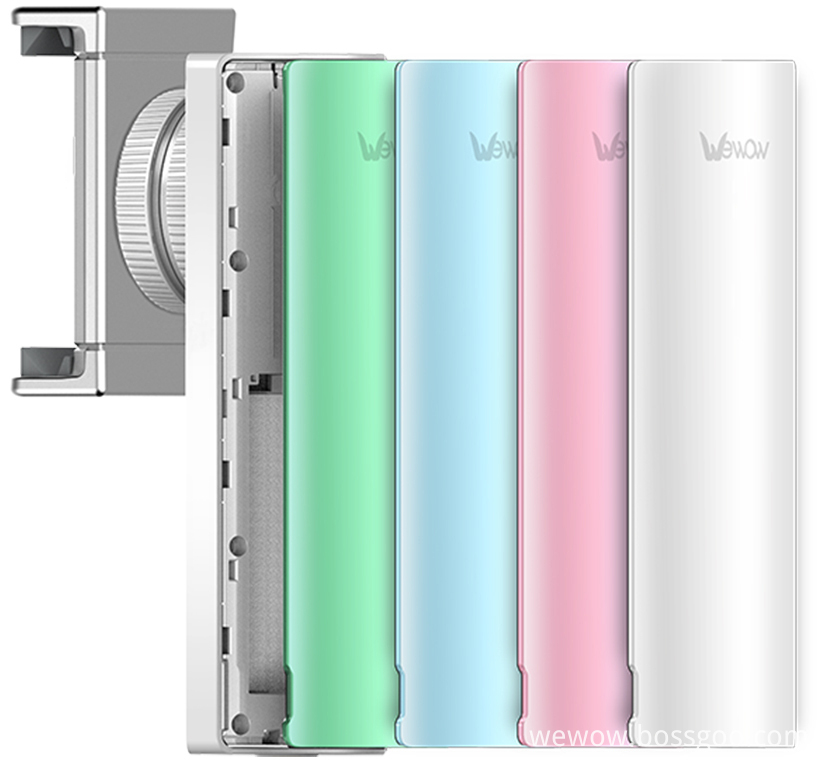3D TV failed, what do you think about 4K HD?
Ultra-high-definition television standards, which are four times clearer than the current best high-definition televisions, have emerged. However, the popularization of 4K televisions adopting this standard has encountered many technical challenges, and also faces the question of whether consumers really need them. Can 4K TV get rid of the failure of 3D TV?
As the market cools down on 3D TVs, electronics companies are eagerly looking for another blockbuster product for consumers to pay for. Ultra-high-definition display technology has high hopes that TVs using this technology will be 4 times clearer than the most advanced 1080p HD TVs. Undoubtedly, at least when displaying content created in the new "4K" video format, UHD TVs can provide stunning picture quality. Unfortunately, at present, only a small number of movies (including "Super Spiderman", "Prometheus" and "The Hobbit") were produced using 4K cameras.

Will 4K TV escape the failure of 3D TV? It is too early to draw a conclusion. However, 4K TV is facing greater challenges than 4K movies. Like 3D TV, Hollywood took the lead in adopting a new 4K TV format. The widescreen digital format currently used in movie theaters is 1998 & TImes; 1080 pixels, while the resolution of 4K movies is 4 times higher, 3996 & TImes; 2160 pixels.
In contrast, 4K TVs have a slightly lower resolution of 3840 & TImes; 2160 pixels. The reason for this is to maintain a 16: 9 screen aspect ratio that is consistent with 1920 & TImes; 1080 pixel HDTVs, so that when playing video, it will not Black borders appear on the top and bottom of the screen.
But who really needs an ultra-high-definition 4K TV? Even HDTV 1080 progressive scanning (that is, continuous scanning from the top of the screen to the bottom of the screen) is superfluous for most consumers. Most people are too far away from the screen when watching TV to see the details of the TV picture. A study a few years ago found that the distance between American eyes and the screen when watching TV is 9 feet (2.7 meters) on average. The researchers estimate that due to the limitation of human eye sensitivity, if you want to see the details of the picture clearly, the distance between the person with normal vision and the screen should not exceed 1.8 times the width of the screen.
If a person is 9 feet away from the TV, then about 70 inches of high-definition TV is needed to see the details of the TV screen. If it is less than 70 inches, the details of the screen will be blurred. There is no doubt that if you are watching a 70-inch ultra-high-definition TV with doubled resolution, then people sitting at a distance of 9 inches from the TV can fully appreciate the details of the picture, even if the distance from the TV is doubled, there is no problem .
So now the main debate about the use of ultra-high-definition technology is generally concentrated on larger and larger screens. At present, when the size of the 2.1 million pixel high-definition TV is more than 80 inches, the pixels are very obvious. However, even if the size of the 8.3 million pixel ultra high-definition TV is doubled, the pixel is not visible.
Assuming you have enough space and budget to buy such a TV set larger than 80 inches, the next problem you face is how to bring domestic 4K video content to the screen. The unprocessed two-and-a-half hour 4K, ordinary 24-frame format movie contains 216000 frames per second, each frame contains 8.6 million pixels, and each pixel contains 24 bytes of color information, so that the video file will reach 5.6 too Big bytes. Even if compressed, large files such as wireless or wired transmission require higher bandwidth, and the increased infrastructure costs far exceed the scope of the TV station. Playing 4K video files in the form of streaming media on the Internet also has similar bandwidth restrictions, and the required data transmission rate is as high as 1G per second. Few households can achieve such broadband speeds at present.
Another option is to sell 4K movies in the form of burned Blu-ray discs like traditional 2K movies, or to watch 4K movies using Netflix, YouTube, iTunes, and other online services. 2K movie burning Blu-ray discs require the full 50G capacity of two recording layers, while 4K movies require only one-third or one-quarter recording layers. Even so, they still require a more efficient compression than the existing H.264 standard. Ways to burn 4K movies on Blu-ray discs.
Obviously, a new compression standard is currently needed. How much "compression loss" meets the requirement of not losing 4K movie quality? The international compression standards body has been discussing the next standard after the H.264 standard. It is rumored that the latest scheme is H.265, and the compression rate of the H.265 standard is twice that of H.264 without losing image quality. Even if the H.265 standard is adopted, it will take several years to popularize this standard. Many in the industry believe that if 4K TVs are to be developed, then new methods will be needed to encode and deliver content.
The measures taken by Sony are to bundle the media server with its first-generation UHD TV, and pre-install 10 movies and some selected short films on the media server's hard disk array. Sony stated that the pre-installed movies were copied directly from the 4K movie master tape. However, Sony did not explain how users will add new movies to the server. Obviously, this is a transitional measure designed to encourage the rich to spend money on the most cutting-edge video services (Sony ’s 84-inch ultra-high-definition TV sells for $ 25,000, and buyers can rent media servers). If Ultra HD TV can really replace HD TV, cable and satellite TV service providers and streaming video service providers will find a reliable and affordable 4K video transmission method sooner or later. There is no doubt that they can find this way, but the question is when to find it.
HDTV is the best example. The first digital high-definition content broadcasted by the United States nationwide was the scene of the Space Shuttle Discovery in 1998. High-definition television has become mainstream 12 years later, and according to this calculation, it may not be possible for ultra-high-definition television to enter half of the US households by 2025.
Single-Axis Stabilizer is a pivoted support that allows the phone or Gopro staying stabilized. With a gyro-stabilized gimbal system, it keeps stabilized or steerable horizon with automatic calibration to give you an unprecedented smooth shooting experience.

With the 1/4" Screw Adapter at the bottom, these handheld gimbal stabilizer can be matched with multiple filming accessories.

Smartphone Gimbal are designed as pocket size, portable and easy to take. You can carry it as easy as smartphone!

Wewow focusing on handheld stabilizer is a technology company which does R & D independently. With Wenpod series product released, the company achieved the industry's praise and quickly became the leader of the smart stabilizer industry.
Our service
1. Reply to you within 24 hours.
2. Already sample: within 1-2days.
3. Shipping date: within 24 hours once get the payment.
4. 12 months warranty.
5. After-sales service, solve within 3 working dates.
If you have any questions, please contact with us directly.
Wewow appreciates domestic and international business relationship!
Single-Axis Stabilizer,Professional Single-Axis Stabilizer,Single-Axis Stabilizer Kit,Stabilizer With Single Handheld
GUANGZHOU WEWOW ELECTRONIC CO., LTD. , https://www.stabilizers.pl